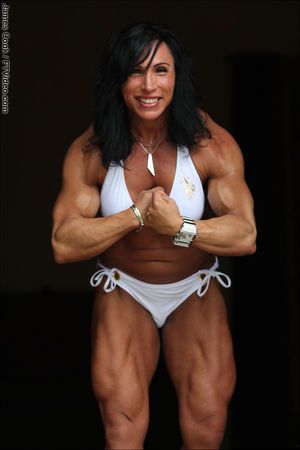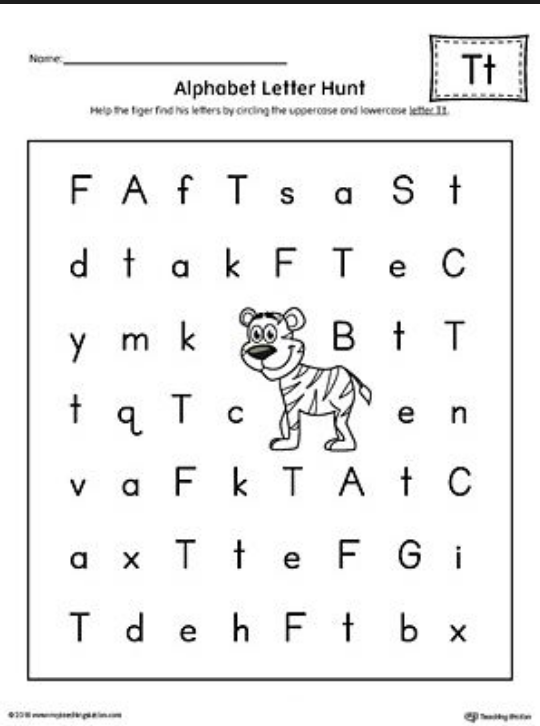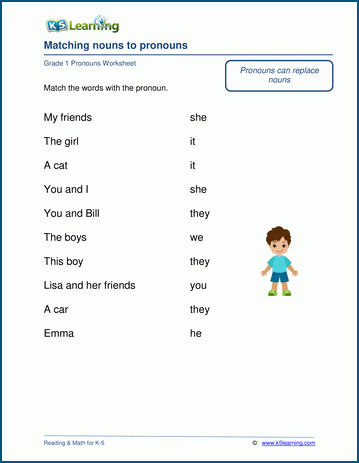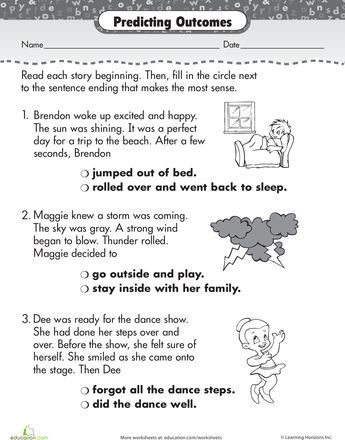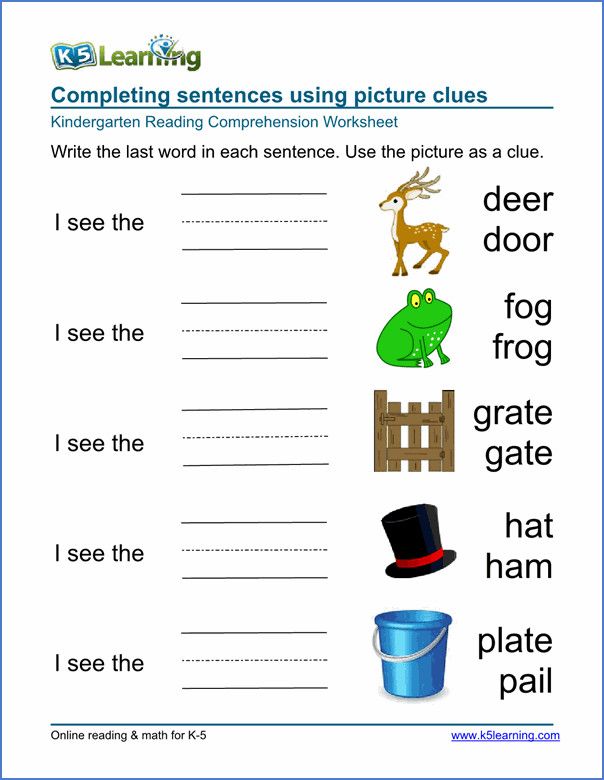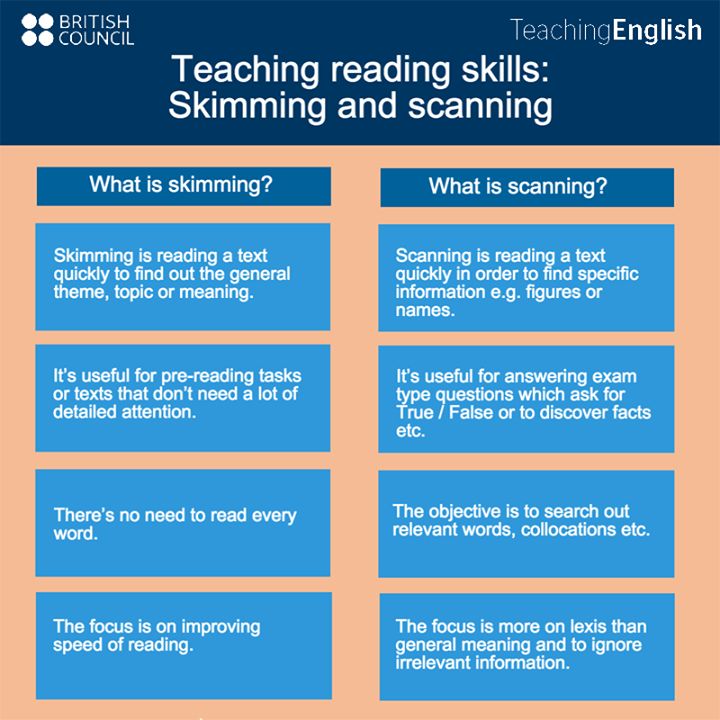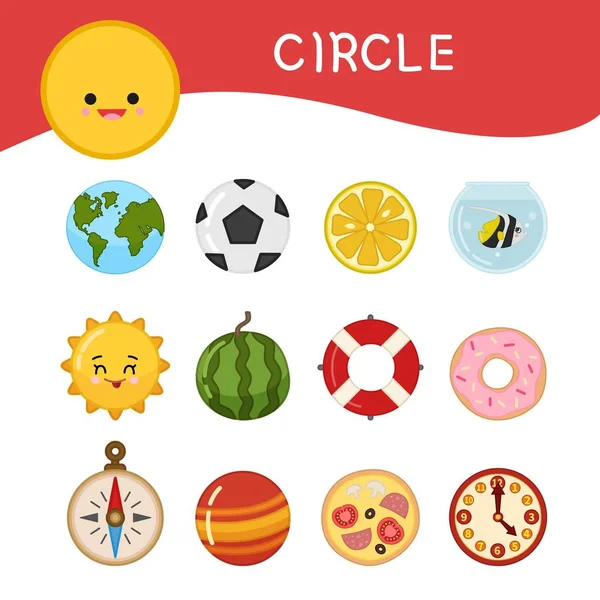Susan b neuman
Susan B. Neuman, Professor Professor of Childhood and Literacy Education, New York University
Susan B. Neuman is Professor and Chair of the Teaching and Learning Department at the Steinhardt School of Culture, Education, and Human Development at New York University. Before coming to NYU, she served on the faculty in Educational Studies at the University of Michigan, directing the Ready-to-Learn Research Program. Previously, she has served as the U.S. Assistant Secretary of Elementary and Secondary Education. She is especially proud of her work in establishing the Early Reading First program, the Early Childhood Professional Development Education Program, and enhancing accountability efforts to improve children's achievement.
Susan is currently working on interventions that change the odds for children at risk, focusing her efforts on bringing content-rich instruction to children through shared books and media experiences. She received her doctorate at the University of the Pacific in Stockton, California, her M.
A. at California State University, Hayward and her B.A. at American University. Prior to coming to NYU, she was a Professor at Temple University, the University of Massachusetts, Lowell, and Eastern Connecticut State University.
Read more about Susan Neuman and Donna Celano's new book, "Giving Our Children a Fighting Chance".
Read Nicholas Kristof's poignant piece in the New York Times. An audio of radio-times is below.
Also read the news published on Education Week, Students Must Learn More Words, Say Studies.
Giving Our Children A Fighting Chance offers a compelling, eye-opening portrait of two communities in Philadelphia with drastically different economic resources. Over the course of their 10-year investigation—from 1998 to 2009—authors Susan Neuman and Donna Celano came to understand that this disparity between affluence and poverty has created a knowledge gap—far more important than mere achievement scores—with serious implications for students' economic prosperity and social mobility.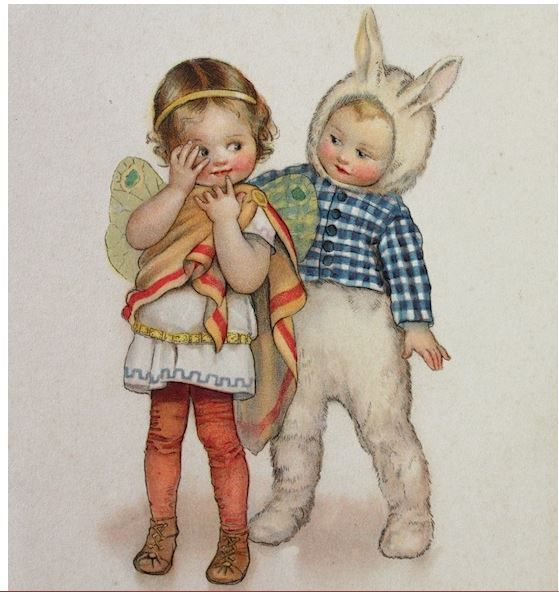 At the heart of this knowledge gap is the limited ability of students from poor communities to develop information capital. This moving book takes you into the communities in question to meet the students and their families, and by doing so provides powerful insights into the role that literacy can play in giving low-income students a fighting chance.
Published by Teachers College Press; 176 pages, $29.95. Find it in the bookstore.
At the heart of this knowledge gap is the limited ability of students from poor communities to develop information capital. This moving book takes you into the communities in question to meet the students and their families, and by doing so provides powerful insights into the role that literacy can play in giving low-income students a fighting chance.
Published by Teachers College Press; 176 pages, $29.95. Find it in the bookstore.
For more details about the book, Click here to download a pdf.
All About Words is Susan's newest book, co-authored with Tanya Wright (Teachers College Press, 2013). Designed for professional development, it is a must-read, research-based approach for teaching content-rich vocabulary. Based on four separate research trials, studies have shown dramatic gains in vocabulary, conceptual knowledge and comprehension skills for children in early childhood.
Reading Rockets Interview with Susan B. Neuman
We spoke with her in April, 2007, about her recent publication,
A Parent's Guide to Reading With Your Young Child.
As someone who has been involved in both the research and policy sides of education, what prompted you to publish a parent's guide to reading with this particular audience and for this age group?
My heart is in early childhood education. If we get kids off to a great start, we can make a tremendous difference in their lives. I have a new book coming out called Changing the Odds where I talk more about the impact of parent involvement especially at this age, and why it is so important.
Does this guide contain information that most parents do naturally? What information would you guess will be new to most parents?
This guide is based on great deal of research. Traditionally parents have known that it's important to read to children, but there has not been a great sense of the match between child development and choice of books. It's not just the frequency of reading that matters, but also having good content.
The guide helps parents match critical characteristics of books with their child's developmental skills. It's a system that is easy for parents to use and it's based on latest science in child development and early literacy development.
It's a system that is easy for parents to use and it's based on latest science in child development and early literacy development.
What has recent research told us about early literacy development that we didn't know before?
We often hear that it doesn't matter what you read as long as you read. We have found that this is not true! The content matters.
We know more about children's vision, their developmental needs in terms of what they can see and what they can't. We know that very young children need sturdy pages because the muscles in their hands are not fully developed. Lots of black squiggles too early on is confusing for children, so the placement and amount of print is critical to their understanding. Too much information can be confusing.
We know more about the kind of content children relate to in the early years. We often hear that it doesn't matter what you read as long as you read. We have found that this is not true! The content matters.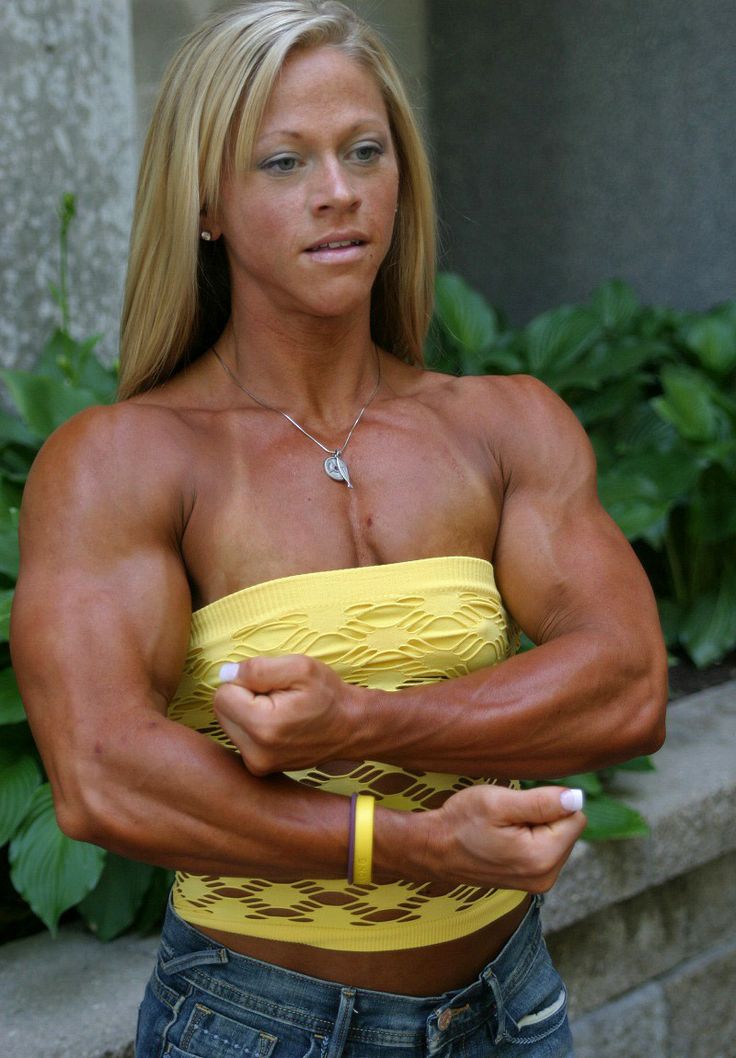
What is the most exciting research in the field on this topic, in your opinion?
We have a much more distinct understanding of what is appropriate for babies. Lots of parents say, "My child isn't interested or is not ready." The fact is the book is probably not matched to the child's needs. When we do this better, we can be more developmentally appropriate.
Books are the single best means for getting kids ready for school. They provide critical characteristics that get kids off to a good start by offering experiences with vocabulary, comprehension, and offering cognitive development opportunities that kids can't get anywhere else.
What are the biggest obstacles parents face when trying to build early reading skills?
There are lots of wonderful books out there, so the choices are difficult. Parents may not know how to choose good materials for children. The guide puts these factors together.
Parents often lack time. Many materials are available in video and audio form, so there is not just one mechanism for sharing stories with kids.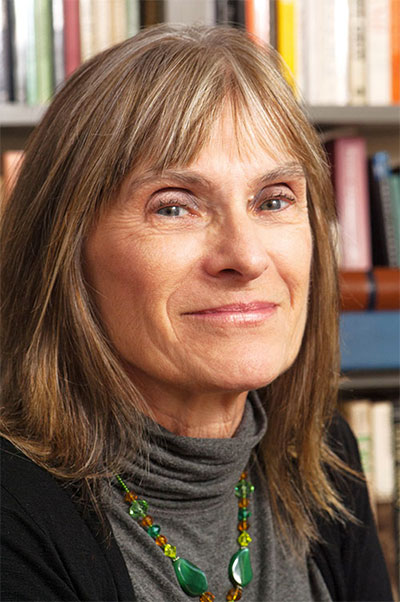 The emotional attachment of reading with children is important, but when you don't have time or when you need to have your child occupied while you are doing something else, there are substitutes, like sharing stories in audio and video form.
The emotional attachment of reading with children is important, but when you don't have time or when you need to have your child occupied while you are doing something else, there are substitutes, like sharing stories in audio and video form.
You list some great books for kids of different ages between 0-5. How can parents tell on their own if a book is appropriate for a particular age group?
They can begin by using this guide and they'll begin to develop strategies to know how to choose. When they go to the library, they'll be more sensitive to the features of good books.
Children are fascinated by books! This guide is a jumping off place for parents. The hope is that they continue to develop a sense of good and appropriate literature on their own.
You list a variety of newer and older books in your guide. What makes a great children's book?
Some overzealous parents think using more difficult material will help a child get ahead, but using overly challenging materials can backfire, and cause a child to lose interest in reading.
There is an insert in the beginning of the guide that lists format, features, content, language, and skills for each age group, from babies to older preschoolers. Some overzealous parents think using more difficult material will help a child get ahead – this is not true! Using overly challenging materials can backfire, and cause a child to lose interest in reading.
Kids often want to hear the same book over and over again. While this can be tiring for parents, what benefits do kids get from hearing a story multiple times?
There are wonderful benefits of reading stories again and again. Some are really going to be a hit – so use that! Repetition has enormous benefits. Kids begin to memorize words and recite them. A book like Good Night Moon stays with children even as they grow up, and makes them more likely to read with their own children.
What's the role of nonfiction when reading with young kids?
Nonfiction has a tremendous role for young children. We start with shapes and colors, and move on to concept books. As children get older, their interest in specialized information grows stronger – insects, dinosaurs, outer space. Targeting children's interests is a great way to engage them in nonfiction.
We start with shapes and colors, and move on to concept books. As children get older, their interest in specialized information grows stronger – insects, dinosaurs, outer space. Targeting children's interests is a great way to engage them in nonfiction.
What advice do you have for a parent whose child is not interested in books?
There's no law that says you have to finish a book. Parents sometimes read for too long, so my advice is to start short and build up. Start with the child's interests. Start reading just one page and stop at the crest of the wave, rather than going on until they lose interest. Reading for short periods of time intrigues kids and gets them ready to read.
Another idea: during times you would normally read, tell a story instead. If you begin through storytelling, kids can gradually become interested in books. Young kids are often interested in learning about when they were born or stories from their parents' lives.
What is a parent's role in correcting a beginning reader? How can a parent guide a child's reading without being discouraging?
Parents should be very careful and not over-correct.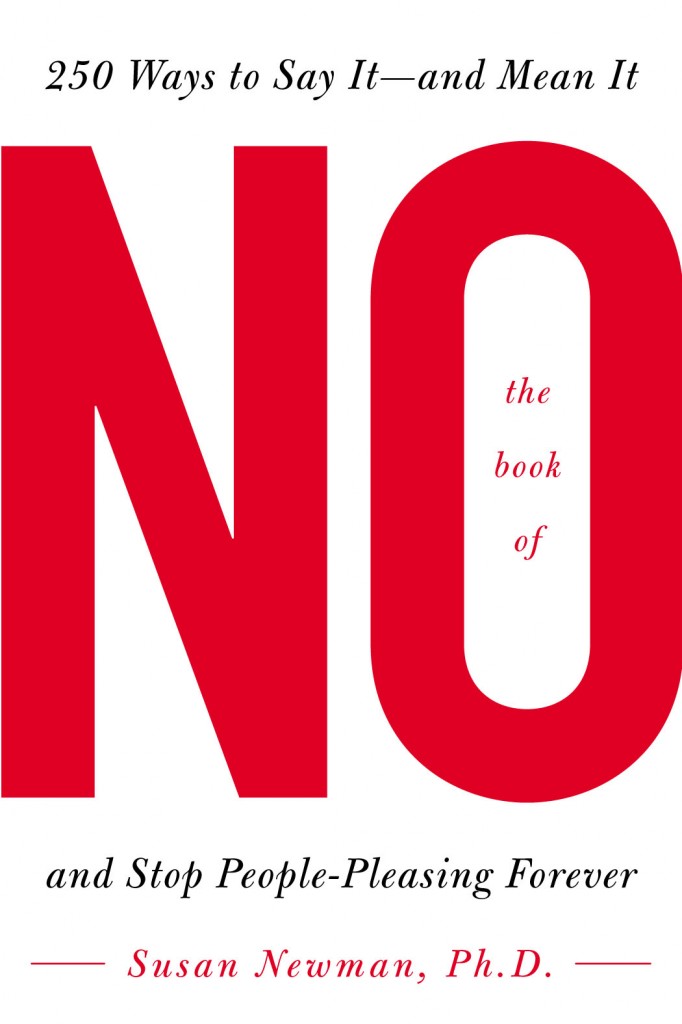 If a child is missing a lot of words, choose an easier book. Easily decodable books like Sam I Am and The Cat in the Hat give kids practice with easily decodable words.
If a child is missing a lot of words, choose an easier book. Easily decodable books like Sam I Am and The Cat in the Hat give kids practice with easily decodable words.
Another way to guide children without over-correcting is to model good reading. You can do this by reading one page aloud and the child reading the next, so the parent can both model and observe fluency, intonation, rhythm. This will support a child's own development in these areas.
Do you have different recommendations for parents who are nonreaders, or who don't speak English?
Tell stories! Children need to hear their parents talk. It doesn't matter what language the parent uses, but it does matter that the parent engages in rich conversation with the child. This rich language environment becomes the foundation for becoming bilingual and for reading.
If they read English haltingly, it doesn't matter – especially when reading to young children, you can just make up the words and use the book as context.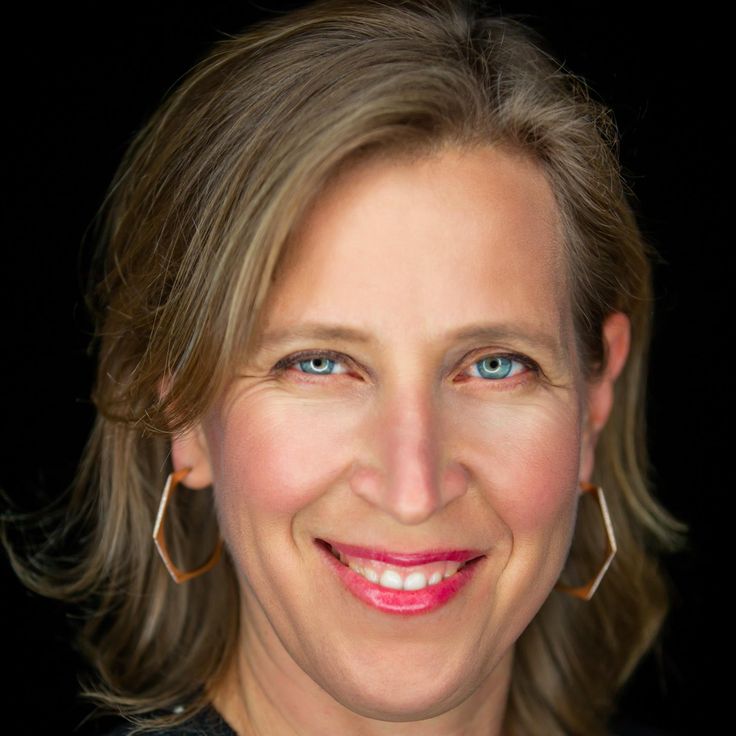 Parents should see this as fun as well as critically important. The more parents can get into it as a fun project, the more joy on the part of the child.
Parents should see this as fun as well as critically important. The more parents can get into it as a fun project, the more joy on the part of the child.
What are your predictions on the evolving role of preschool as a means of preparing kids for school?
We know that the most powerful intervention is the parent's role, and we are overselling Pre-K when we need to be overselling parenting.
I worry. I think there is increasing academic pressure in Pre-K – almost a high stakes Pre-K. We know that the most powerful intervention is the parent's role, and we are overselling Pre-K when we need to be overselling parenting.
We need to remember that Pre-K as an intervention has a modest impact on child's cognitive development, but that parenting has a huge impact.
Subject: Susan Sarandon, Helen Mirren, Jerry Hall and other beauty icons after 50
The main stars on the catwalks, magazine covers and red carpets are increasingly becoming actresses after 50, 60 and 70.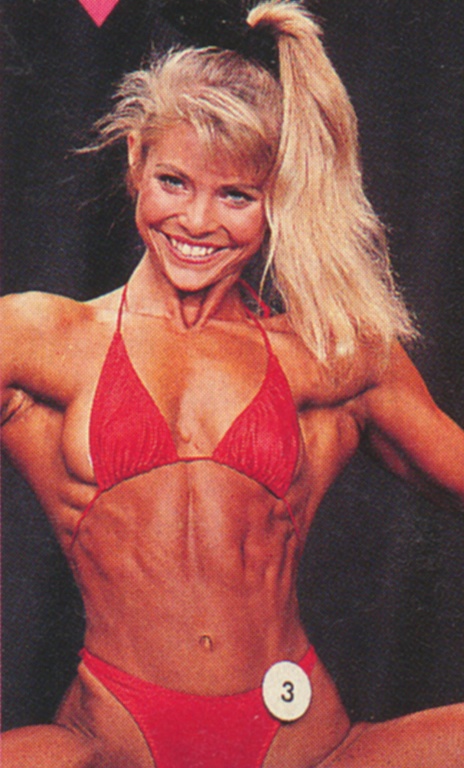
Helen Mirren, Meryl Streep, Susan Sarandon and others
show by their own example how it is possible not to change beyond recognition under the influence of plastic surgery and continue to be considered a beauty icon.
The recent couture week in Paris turned out to be a high point for the "veterans" of the modeling business. 47-year-old Yasmine Le Bon "brought" a 50-kilogram Stephane Rolland dress to the catwalk, and 55-year-old Jerry Hall presented the creation of the Swiss designer Jean-Luc Amsler.
The model, actress, and ex-wife of Rolling Stones leader Mick Jagger, Jerry Hall, hasn't had to prove anything to anyone for a long time. The beauty from the covers of Vogue and Tatler even seeks to get rid of some part of her stellar past, for example, by selling off part of her contemporary art collection at Sotheby's. However, it is more difficult to part with fashion than with a man: in 2008, Jerry starred in an advertising campaign for Chanel with the participation of a young Italian fashion model Baptiste Gabiconi (filmed, of course, by Lagerfeld himself), and now she has entered the catwalk, immediately glorifying the Jean-Luc Amsler brand.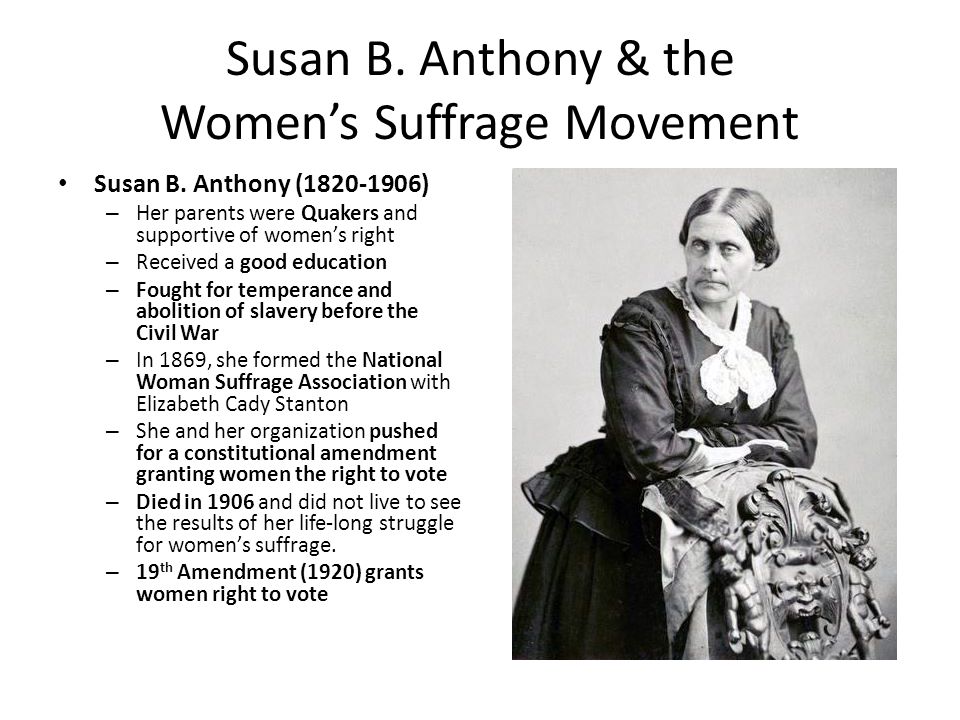 The 55-year-old model looked incomparably young. At the same time, a slender figure in a black dress with an open back admitted that she indulges in chocolate, coffee, red wine and cigarettes.
The 55-year-old model looked incomparably young. At the same time, a slender figure in a black dress with an open back admitted that she indulges in chocolate, coffee, red wine and cigarettes.
On the red carpet, as on the catwalk, age does not matter either. At recent ceremonies, 66-year-old Helen Mirren and 73-year-old Jane Fonda looked so fabulous that they drew admiring glances from all men and women from 18 to 80.
“I think people have changed their minds about age. Many women look gorgeous at 60, 70 and 80. I accept my age because there is no point in hiding from the reality of life. And the reality is that if you are very lucky, then you will live long and will certainly grow old, ”Helen smiles. Oh, by the way, last year the Los Angeles-based Fitness Survey chose Helen Mirren as Body of the Year, and Elle MacFreson and Jennifer Lopez were among the other contenders. There is a hackneyed but true phrase that a woman's calling card is her hands. Helen Mirren's hands look younger than those of younger women, including Angelina Jolie and Madonna. The main reason for prominent veins is such “good habits” as excessive exercise and diet. Helen knows that the secret is in harmony and moderation.
The main reason for prominent veins is such “good habits” as excessive exercise and diet. Helen knows that the secret is in harmony and moderation.
73-year-old Jane Fonda admits she has had several plastic surgeries that she regrets. “For my appearance, I am 30 percent grateful to genes, 30 percent to good sex, 30 percent to a healthy lifestyle,” says Fonda. - And only 10 percent to my plastic surgeon. So sex is better than plastic." The body of the queen of aerobics looks as luxurious today as it did decades ago, solely thanks to sports and regimen. She is wearing the perfect sports bodysuit, which she first wore almost 30 years ago! “You need to start doing aerobics as early as possible,” advises Fonda. “Then you will get, so to speak, a successful old age.”
Age is just a number, and in the case of Meryl Streep and Susan Sarandon. The cover of the January Vogue was graced by 62-year-old Meryl Streep with perfectly smooth skin and an absolutely calm attitude to age.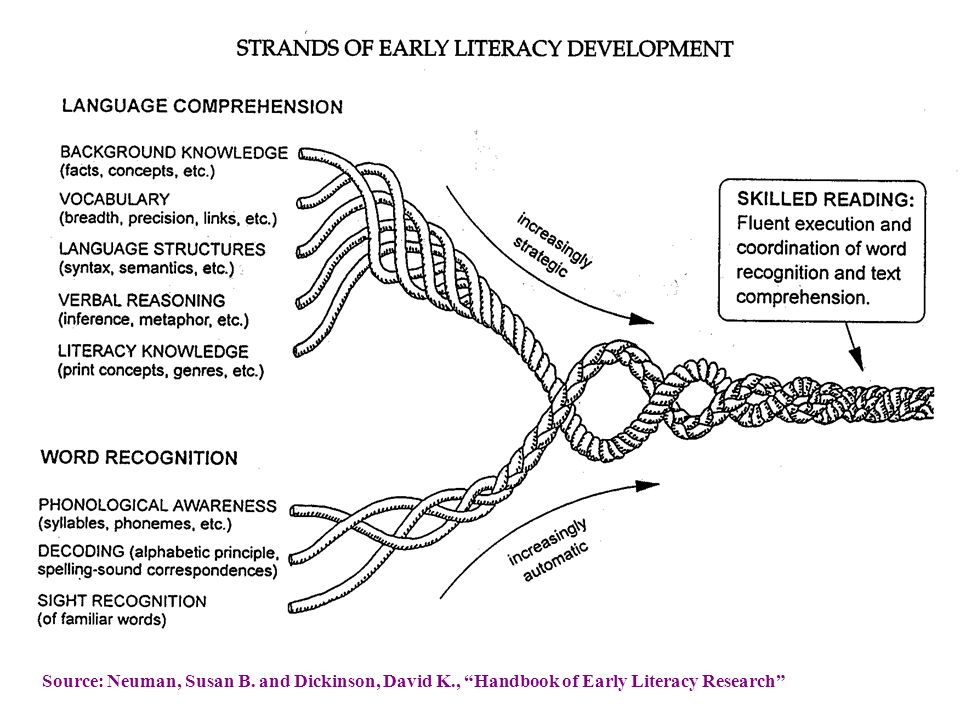 “I joked with the girls during the shoot. Told them I was probably the oldest model ever to be on the cover of Vogue." Perhaps for Vogue, but definitely not for the Art of Fashion campaign. For these shoots, Neiman Marcus invited 65-year-old Susan Sarandon. The actress starred with her daughter Eva Amurri Martino in Chanel, Lanvin, Oscar de la Renta dresses. “I don't think you should try to look 22 when you're over 60. There's something strange about a woman who looks younger today than she did 20 years ago. Of course, each person is free to do what he wants, but fillers make people unrecognizable, says Susan Sarandon. - And how can you even think about Botox if you play a movie? Young actresses often ask me: “You have such beautiful skin, what do you use?”. Here's my advice: Quit smoking, it's really important. Do what you like. And surround yourself with people who make you smile.”
“I joked with the girls during the shoot. Told them I was probably the oldest model ever to be on the cover of Vogue." Perhaps for Vogue, but definitely not for the Art of Fashion campaign. For these shoots, Neiman Marcus invited 65-year-old Susan Sarandon. The actress starred with her daughter Eva Amurri Martino in Chanel, Lanvin, Oscar de la Renta dresses. “I don't think you should try to look 22 when you're over 60. There's something strange about a woman who looks younger today than she did 20 years ago. Of course, each person is free to do what he wants, but fillers make people unrecognizable, says Susan Sarandon. - And how can you even think about Botox if you play a movie? Young actresses often ask me: “You have such beautiful skin, what do you use?”. Here's my advice: Quit smoking, it's really important. Do what you like. And surround yourself with people who make you smile.”
February 07, 2012
Posta-Magazine for the section Persons
ANTHONY, Susan B.
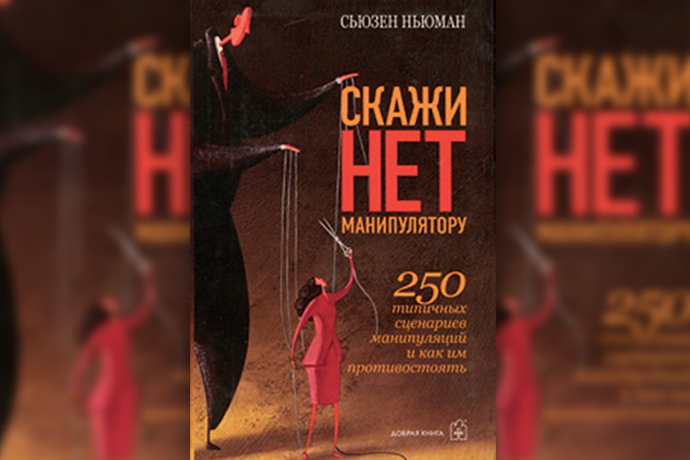 A large dictionary of quotes and catchphrases ANTHONY, Susan B. A large dictionary of quotes and catchphrases
A large dictionary of quotes and catchphrases ANTHONY, Susan B. A large dictionary of quotes and catchphrases WikiReading
Big Dictionary of Quotations and Popular Expressions
Dushenko Konstantin Vasilyevich
Contents
ANTHONY, Susan B
(Anthony, Susan B., 1820–1906), American suffragist
105 Let's unite in an alliance, girls, and say together: "Equal pay for equal work!" //…Equal Pay for Equal Work!
Gas. The Revolution, 8 Oct. 1869
? Knowles, p. 22
This text is an introductory fragment.
Salad Butter King Anthony de Angelis
Salad Butter King by Anthony De Angelis One of the biggest scams in US history involves common vegetable oil used in salad dressings.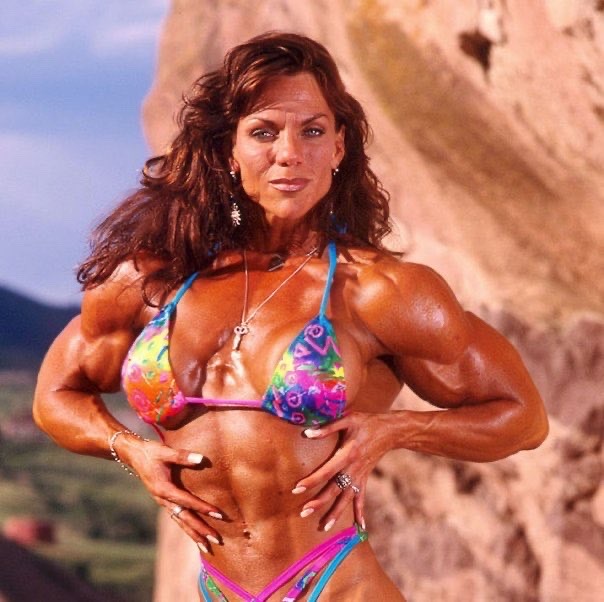 According to various estimates, the damage from fraud ranged from 150 million to 175 million dollars (more than
According to various estimates, the damage from fraud ranged from 150 million to 175 million dollars (more than
Jonathan Lynn Anthony Jay
Jonathan Lynn Anthony Jay (born 1943) (b. 1930) screenwriters In politics, the word "truth" means any statement that cannot be proven false. The expression "a country rich in human resources" means that this country is overpopulated and needs
Anthony Burgess [1917–1990]
Anthony Burgess [1917–1990] Clockwork orange (Clockwork Orange) Roman (1962) Before you, damn it, is nothing but the society of the future, and your humble narrator, shorty Alex, will now tell you what kal he is in here vliapalsia. We were sitting, as always, in a milk bar " Korova", where
Anthony Armstrong-Jones and Princess Margaret, sister of Elizabeth II
Anthony Armstrong-Jones and Princess Margaret, sister of Elizabeth II 1960 This was the first televised royal wedding! The younger sister of Queen Elizabeth II of Great Britain, Margaret Rose, finally made her choice, and more than three hundred million
Susan Slade Susan Slade
Susan Slade Susan Slade 1961 - USA (116 min)? Prod. Warner (Delmer Daves)? Dir. DELMER DAVES? Scene. Delmer Daves based on the novel of the same name by Doris Hume Oper. Lucien Ballard (Technicolor) Music Max Steiner Starring Troy Donahue (Hoyt Brecker), Connie Stevens (Susan Slade), Dorothy McGuire (Lee
Warner (Delmer Daves)? Dir. DELMER DAVES? Scene. Delmer Daves based on the novel of the same name by Doris Hume Oper. Lucien Ballard (Technicolor) Music Max Steiner Starring Troy Donahue (Hoyt Brecker), Connie Stevens (Susan Slade), Dorothy McGuire (Lee
ANTHONY, Susan B
ANTHONY, Susan B (Anthony, Susan B., 1820–1906), American suffragist 105 Let's unite in an alliance, girls, and say together: "Equal pay for equal work!" //…Equal Pay for Equal Work! In gas. The Revolution, 8 Oct. 1869 ? Knowles, p.
Giddens Anthony (b. 1938)
GIDDENS (Giddens) Anthony (b. 1938) - British sociologist and political scientist. Since 1961 - lecturer in sociology at the University of Leicester, since 1970 - senior lecturer in sociology at the University of Cambridge, since 1985 to present Professor of Sociology at King College, Cambridge
Susan ANTHONY (1820–1906), American, women's rights activist
Susan ANTHONY (1820–1906), American, women's rights activist Men - their rights, and no more; women - their rights, and nothing less.